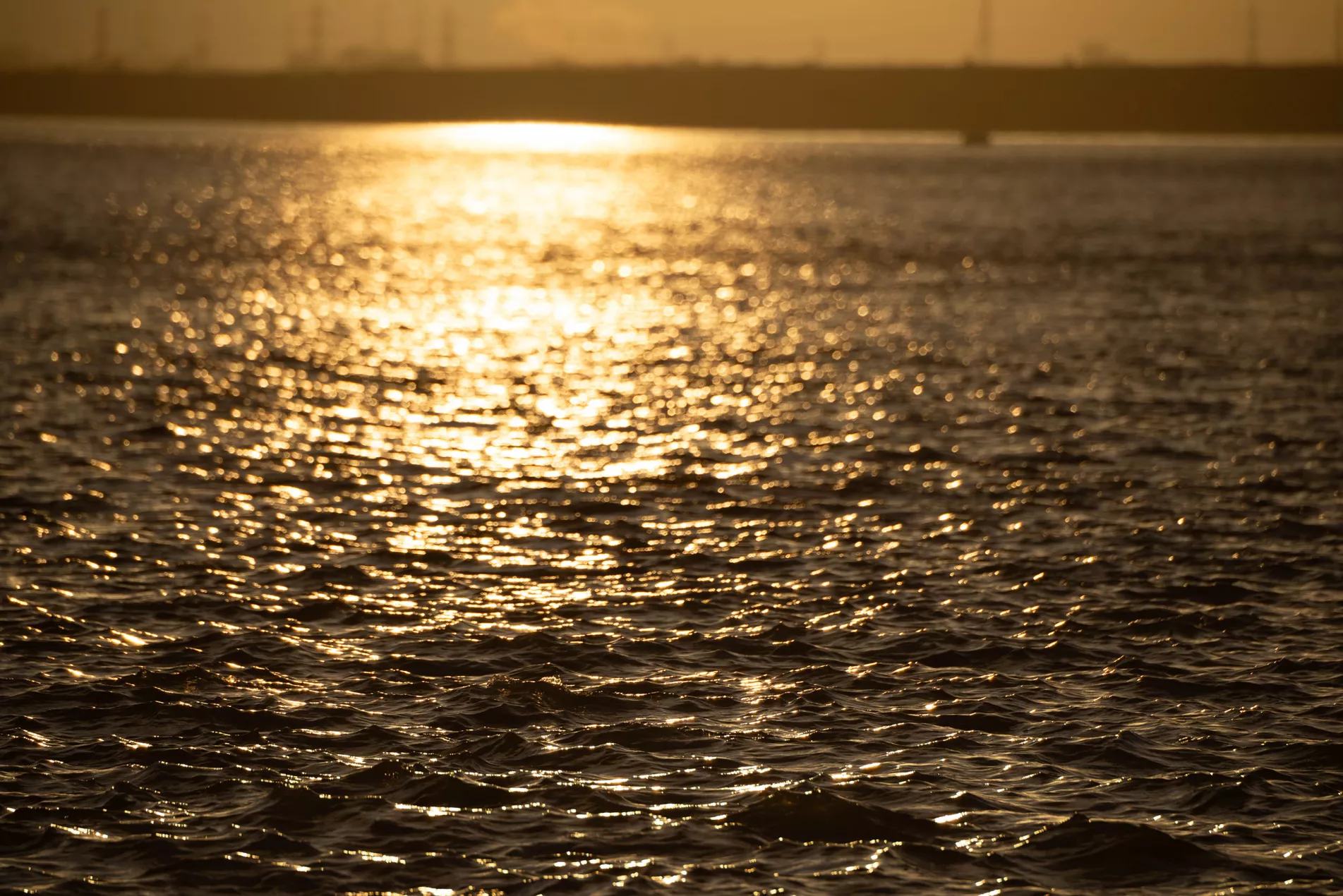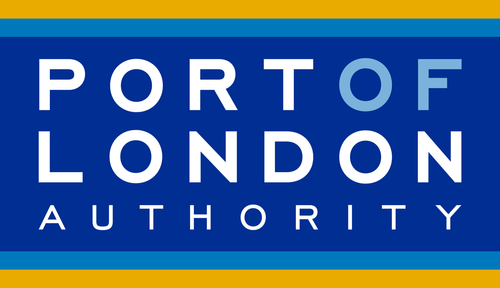Live Tides
NOTICES TO MARINERS
Charts & Surveys
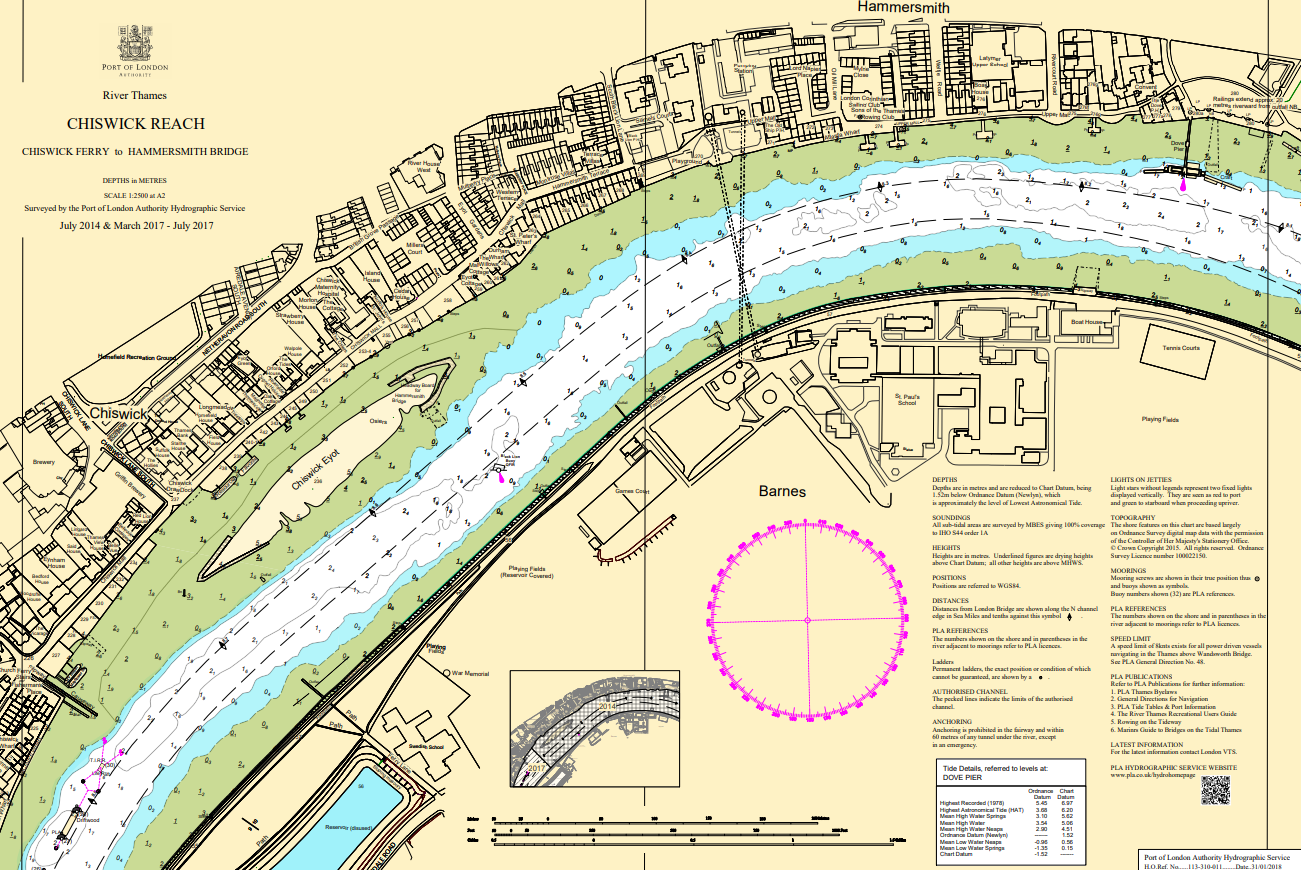
Incident reporting
Life-threatening emergencies on the river:
Call 999 and ask for the Coastguard
For near miss, safety observations and incident reporting click below
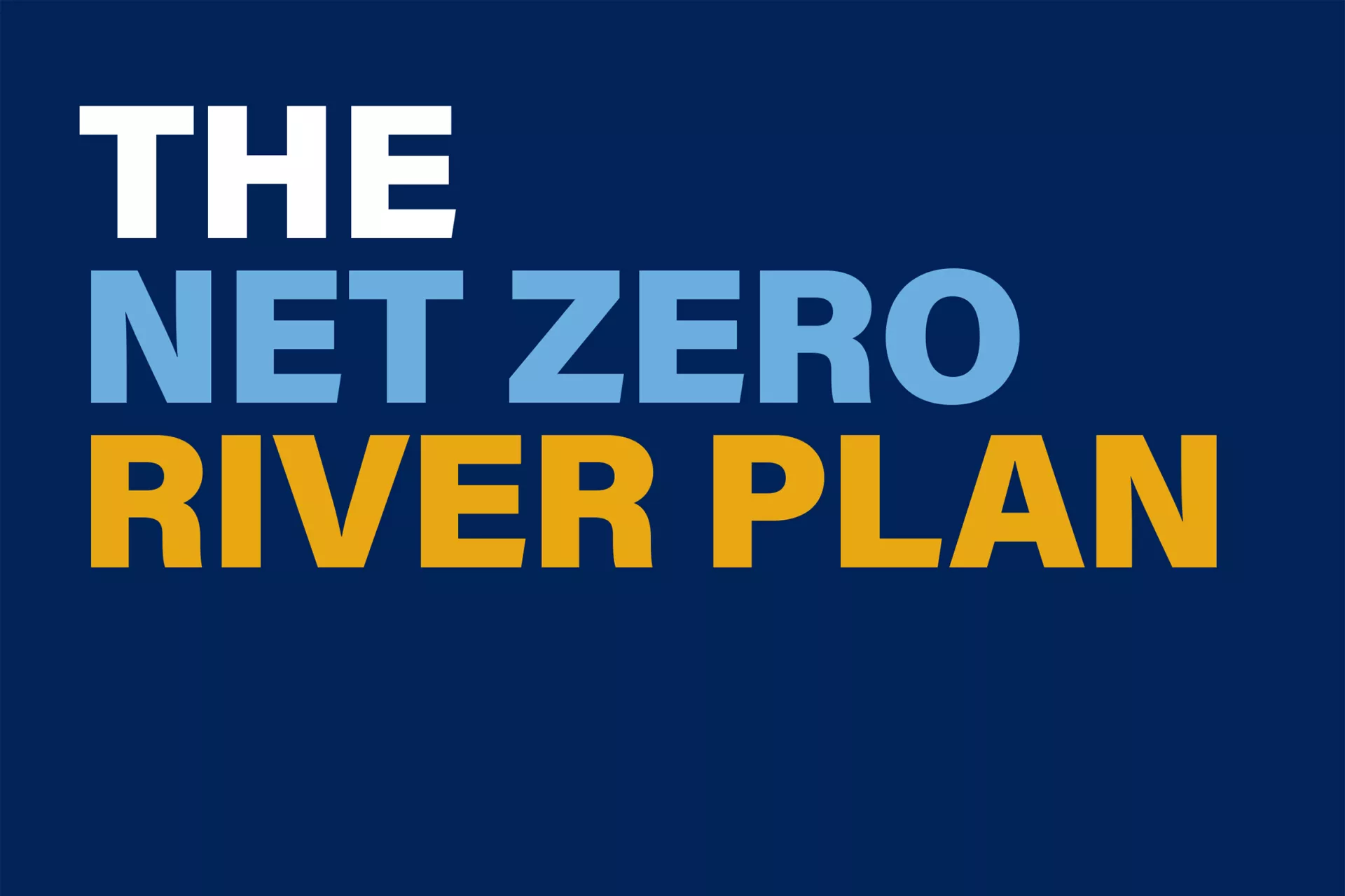
MESSAGE FROM THE CHIEF EXECUTIVE
The Port of London Authority’s (PLA) purpose is to improve and protect the tidal Thames for all. Our mission is to create a thriving river, home to the UK’s number one port.
Ports underpin the global economy and play an essential role in our everyday lives. More than 80% of global merchandise trade is transported via sea. Similarly, inland waterways, such as the Thames, are a vital lifeline for the movement of cargo and materials. Nearly three million tonnes’ of inland cargo, waste and construction materials are transported on the river annually – taking 140k lorry loads off the roads.
While shipping remains the most carbon efficient mode of international transport for freight, it accounts for approximately 3% of global greenhouse gas emissions.
The UK maritime sector must reach Net Zero by 2050 - this requires collaboration on an unprecedented scale. Bold action across the sector before 2030 is needed to meet international targets and keep pace with competitors as supply chain logistics decarbonise.
At the Port of London Authority (PLA), we can demonstrate leadership through our role as the port authority for the UK’s most iconic river, home to the UK’s number one port, to tackle some of these key challenges. In our Thames Vision 2050, developed with partners and stakeholders along the river, we set an ambitious goal of reaching Net Zero by 2040 – and we have already halved our emissions from our baseline year. We are also measuring emissions from vessel movements in our jurisdiction to identify strategic opportunities to support vessels to decarbonise faster.
But we cannot do this alone. We need to work with terminals and vessel operators to achieve Net Zero for the river - putting the building blocks in place to drive action beyond our areas of responsibility.
There are countless examples of the river community taking steps to reduce carbon emissions. In the last year alone, we have seen hybrid passenger vessels, fully electric workboats, and methanol-ready container ships in the port. More and more operators are showing climate leadership by switching to lower carbon fuels, despite the additional costs they incur.
In 2023, we convened the Thames Net Zero Coalition, to bring together river operators and share challenges and deepen collaboration – and shape our Net Zero River Plan. The plan focuses on river-based emissions – primarily from vessel movements. While the PLA is not directly responsible for these emissions, we know this is a crucial first step to wider emissions reductions and gaining a competitive advantage for river operators.
The Net Zero River Plan aims to do three things. Firstly, the plan brings together the concerns, challenges and opportunities that coalition members face in decarbonising. Secondly, we aim to tell the story of the considerable progress achieved so far. And finally, the plan identifies the actions that the PLA will take in the next three years to support decarbonisation of river-based emissions.
We know that this speed of change in sustainability causes uncertainty and risks for the operators on the Thames. The
Net Zero River Plan and ongoing work of the coalition will put Thames operators at a commercial advantage, ensuring that the Port of London, and the river community, stays competitive and sustainable for the future.
Robin Mortimer, Chief Executive, Port of London Authority
OUR NET ZERO RIVER PLAN
As part of the PLA’s Thames Vision 2050, we made a commitment to convene a Thames Net Zero Coalition to produce an action plan to reduce emissions on the Thames.
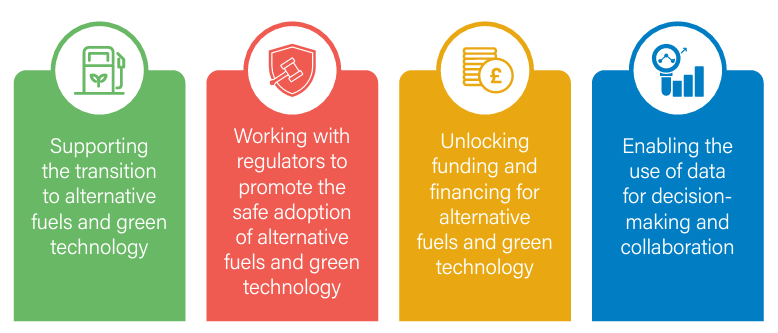
The Coalition is made up of terminal and vessel operators and supporting stakeholders. In 2023, we launched the Net Zero Coalition with a series of workshops designed to understand the challenges and opportunities for decarbonisation on the river.
The work of the Coalition helped the PLA to identify four priority themes to help accelerate the transition to Net Zero on the Thames; 1) alternative fuels and infrastructure adoption, 2) clear regulation and legislation, 3) funding and 4) robust data. These themes have shaped our four commitments to support a Net Zero River.
We have already supported decarbonisation on the river through a variety of initiatives and programmes. This Net Zero River Plan (2024-27) builds on those efforts and formalises our approach for the next three years. We commit to updating this plan on a three-year cycle, recognising the pace of innovation and change required to meet the UK’s targets. We will continue to work with the Net Zero Coalition to keep this plan relevant and useful to their individual and collective efforts.
THE NET ZERO COALITION
ABOUT THE PORT OF LONDON AUTHORITY
We offer our sincere thanks to the following organisations who have helped to shape our Net Zero River Plan:
• Boluda Towage
• Britannia Aggregates
• Cemex
• Cory
• Cross River Partnership
• Day Group
• Department for Transport
• Ford Dagenham
• GPS Marine
• Livetts
• London & Partners
• London Gateway, DP World
• Maritime and Coastguard Agency
• Net Zero Marine Services
• Oikos
• Port of Tilbury, Forth Ports
• Stema Shipping
• Thames Estuary Growth Board
• Thames Freeport
• Thames Luxury Charters
• Thames Marine Services
• Uber Boat by Thames Clippers
• Woods Silver Fleet
The Port of London Authority (PLA) is the owner in trust of the riverbed and foreshore of the tidal Thames from Teddington Lock to the Estuary. The purpose of the PLA is to improve and protect the tidal Thames for all. We ensure the safe navigation of the river, enable trade and recreation, and protect the health of the river’s ecosystems. Our Thames Vision 2050 sets out our goal of being the UK’s largest port, central to the economy, with Net Zero emissions.
The Port of London is made up of 70 independently owned terminal operations and hundreds of vessel operators who provide services to those terminals and across the river. It is also the busiest inland waterway in the UK for freight and passengers.
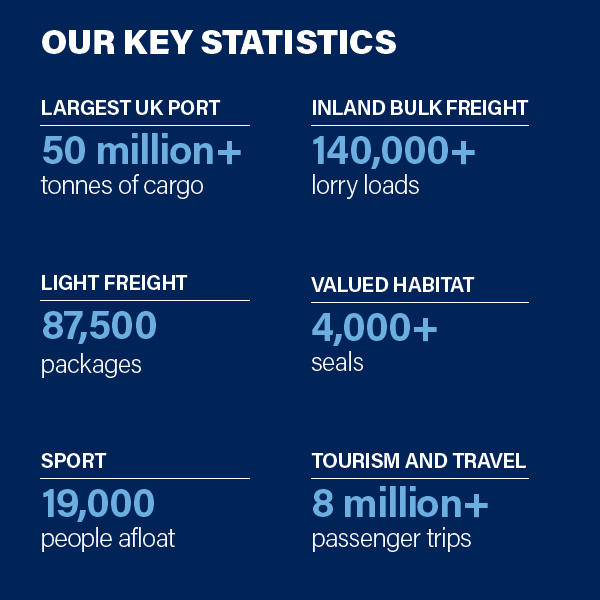
OUR AMBITION: NET ZERO RIVER
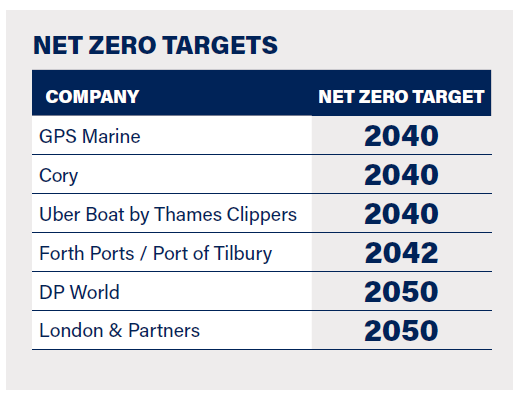 Operators along the Thames have set different targets for achieving Net Zero based on their own operational realities. This is driven by their land-side emissions, river-based emissions (primarily vessel activities) and wider Scope 3 considerations.
Operators along the Thames have set different targets for achieving Net Zero based on their own operational realities. This is driven by their land-side emissions, river-based emissions (primarily vessel activities) and wider Scope 3 considerations.
The PLA are committed to pushing for faster decarbonisation of river-based emission sources – primarily from vessel movements.
While the PLA is not directly responsible for these emissions, we know that reducing them is a crucial step in creating a Net Zero river.
We want to work with operators along the river community to achieve Net Zero for river emissions by sooner than government targets. That is because we know that the future of trade and transportation on the river requires swift action to be on track to meet the UK and international targets for 2050.
And we know that this is the decade to act. At least 5% of global shipping will need to use zero-emissions fuel by 2030 to achieve this.
As pressure from consumers, governments and customers increases, the need to demonstrate progress towards decarbonisation will intensify across the maritime sectors. Achieving Net Zero, in river-based emissions sources, will put the Thames and London at a competitive advantage – securing our future as a green destination for trade and leisure.
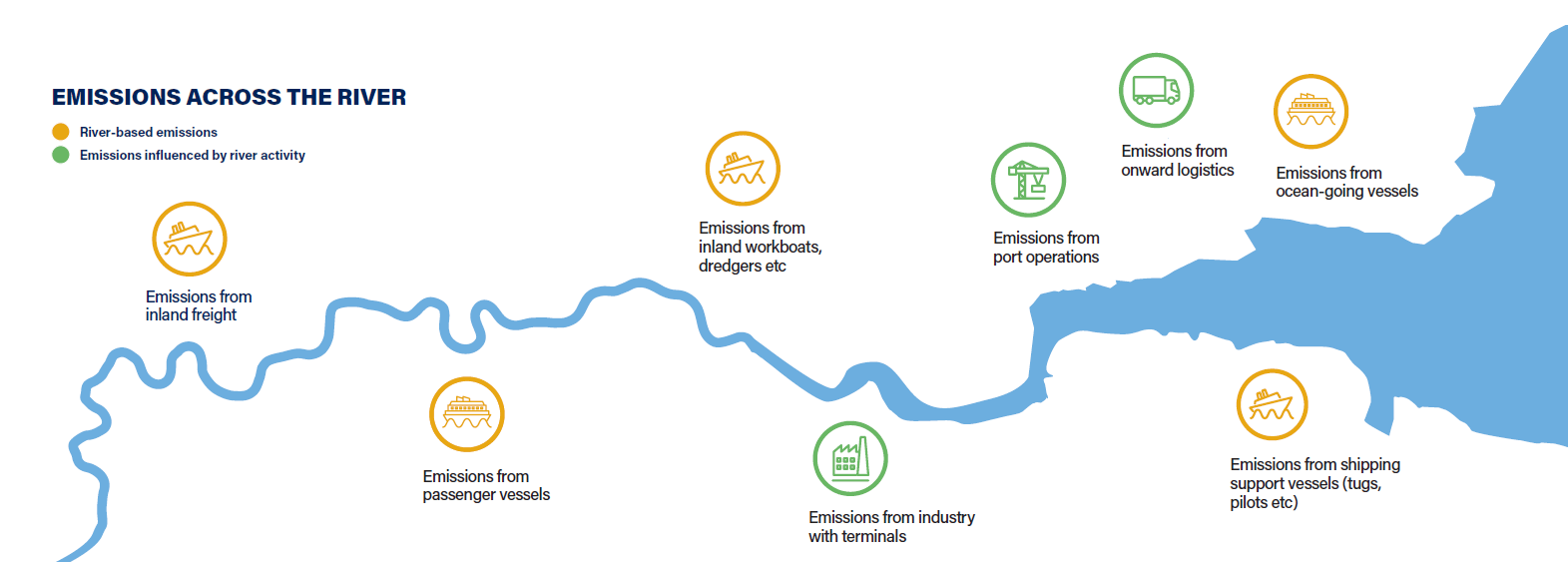
PROGRESS ON NET ZERO
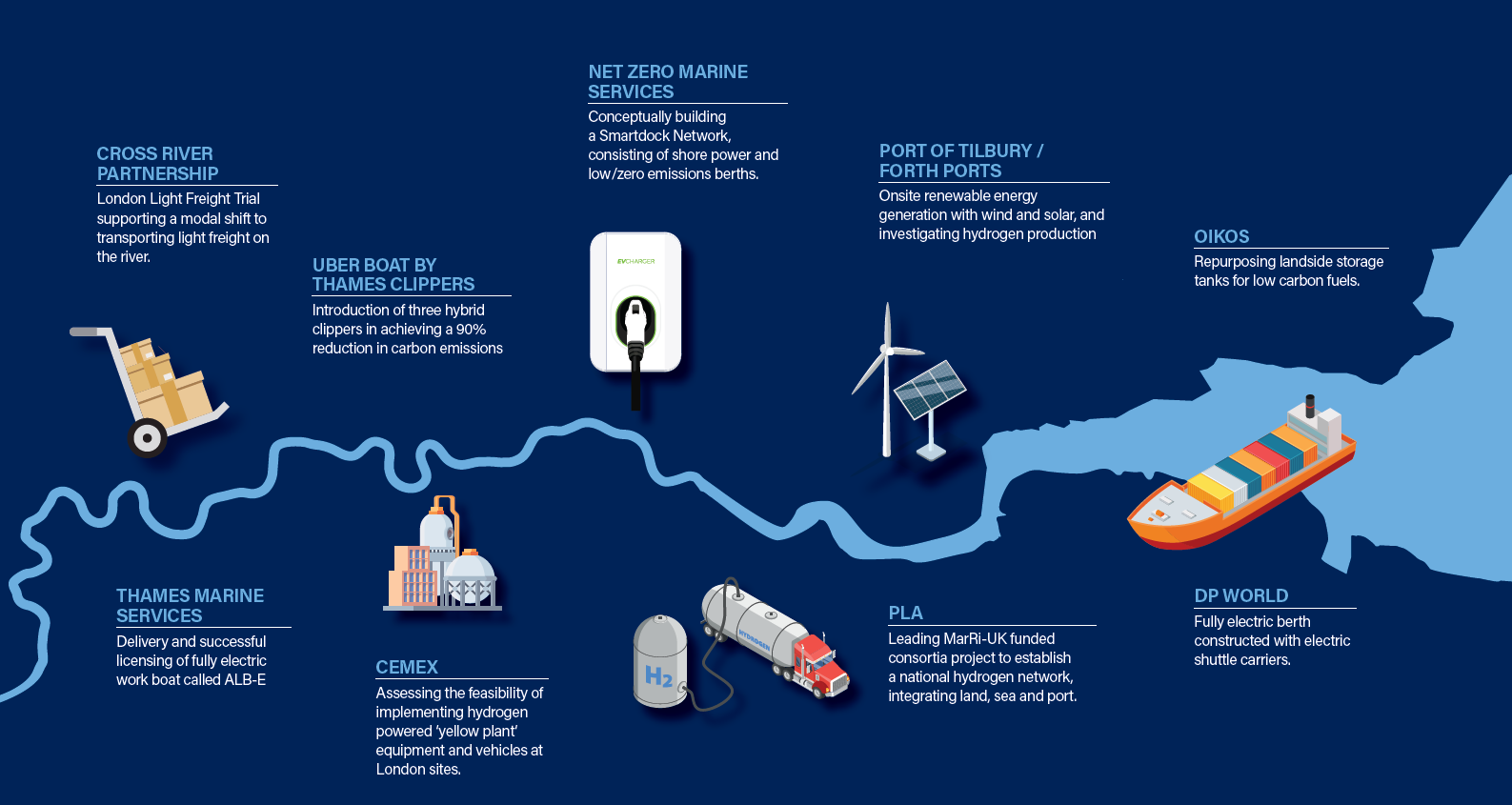 This map represents projects that are currently in progress as of 2023 across the Thames that support decarbonisation. This is not an exhaustive list of projects but represents some exemplars from Thames operators.
This map represents projects that are currently in progress as of 2023 across the Thames that support decarbonisation. This is not an exhaustive list of projects but represents some exemplars from Thames operators.
OUR ACTIONS: NET ZERO RIVER
Supporting the transition to alternative fuels and green technology
"We are very pleased to be part of the Port of London Authority’s Net Zero Coalition and to support its essential sustainability ambitions. At DP World, we are working hard to become a net-zero logistics organisation by 2050 and are currently delivering several major initiatives at London Gateway, such as its £350m new fourth berth, which will be the world’s first all-electric berth on opening in 2024." -- DP World Spokesperson
Decarbonising the river will require the large-scale adoption of alternative low-carbon fuels. With many different alternatives and no ‘one size fits all’ solution, ports are increasingly having to consider how they will adapt to a mix of fuels in the future. Among the challenges to the sector are concerns about risks involved in transitioning to new fuels and technologies. This includes the future direction of regulation, end customer support and willingness to pay, demand from other sectors and competition risks to early adopters.
Additionally, the transition to lower carbon fuels and green technologies on the Thames will require the right infrastructure to support it. This could take the form of shore power and charging stations, alternative fuel bunkering and storage, and the production, import and export of alternative fuels. Investing in infrastructure can be costly and with uncertainty around the demand and supply of green fuels, it is difficult for operators to make long term commercial decisions.
To support the Thames operators to transition to alternative fuels and greener technology, we commit to undertaking the following enabling actions:
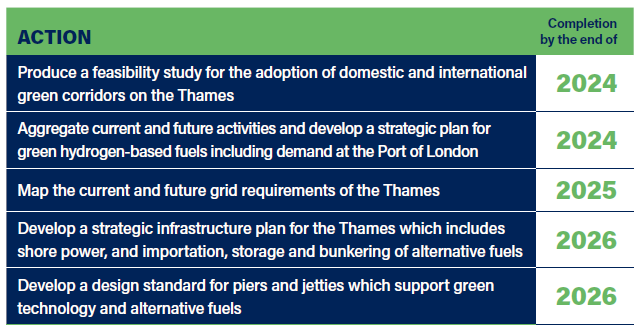
Alternative fuel types
Methanol – can be used directly in an internal combustion engine or fuel cell. Can be used as a fuel itself or a store for hydrogen.
Hydrogen – can be used as an input to ammonia or methanol production as well as a fuel itself.
Ammonia - can either be used as a fuel itself, or as a carrier for hydrogen before the hydrogen is used as the fuel.
Biofuels – Used directly in an internal combustion engine. Various types of biofuels from different sources of biomass (e.g. crops, wastes) possible.
Hybrid propulsion – a diesel engine acts as a power source, charging batteries which power an electric motor, often in order to keep the diesel operating at its most efficient load point. Fully electric propulsion - no diesel engine. An electric motor is entirely powered by batteries, which are charged whilst the vessel is in port.
Source (Clean Maritime Plan 2019)
OUR ACTIONS: NET ZERO RIVER
Working with regulators to promote the safe adoption of alternative fuels and green technology
"Clear and consistent policy direction is needed to support the economic feasibility at scale for green fuels"
Clear and consistent policy direction is needed to support the economic feasibility at scale for green fuels, as well as build confidence to stimulate investment in fuels, vessels and supporting infrastructure. Similarly, the regulatory environment needs to keep pace with the speed of innovation required to meet the UK’s Net Zero ambitions.
A clear and streamlined regulatory environment is required to support the early and safe adoption of green technologies – allowing operators making greener choices to gain a competitive advantage. This is particularly important as many Thames operators face decisions about transitioning their fleets of vessels over the next ten years. Capitalising on this opportunity is essential due to the lifespan of commercial vessels.
To support the Thames operators to transition to alternative fuels and greener technology, we commit to undertaking the following enabling actions:
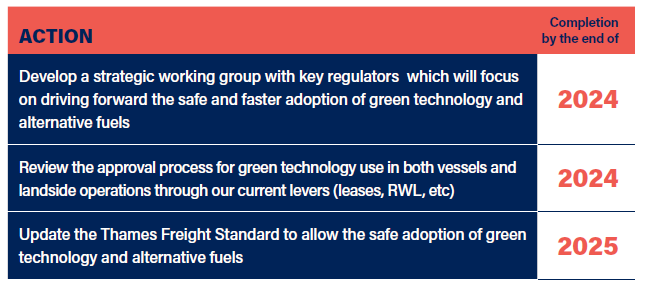
Key regulators and organisations
International Maritime Organisation (IMO)– is the United Nations specialised agency with responsibility for the safety and security of shipping and the prevention of marine and atmospheric pollution by ships.
Maritime and Coastguard Agency (MCA) is an executive agency sponsored by the Department for Transport which works to prevent the loss of life on the coast and at sea. The MCA produces legislation and guidance on maritime matters and provides certification to seafarers.
Port of London Authority (PLA) is the harbour authority for the tidal Thames and certifies vessels through the Thames Freight Standard, where those vessels are not under the certification of the MCA
OUR ACTIONS: NET ZERO RIVER
Unlocking funding and financing for alternative fuels and green technology
"The Port of Tilbury is proud to play its part in the Thames Net Zero Coalition, collaborating with customers and partners across the estuary to enable and accelerate the transition to Net Zero. As part of the Forth Ports Group, the Port of Tilbury is committed to being carbon neutral by 2032 and net zero by 2042. These ambitious commitments, together with investments to promote modal shift and alternative fuels, underscore our vision for delivering low carbon logistics solutions across London and the South East.” Forth Ports Spokesperson
Transitionary, lower-carbon fuels are becoming more competitive but rarely reach parity with traditional fuel types. Companies that are switching to lower carbon fuels are doing so at a cost. Funding and financing of decarbonisation strategies and projects was cited as a major obstacle facing operators on their journeys to Net Zero.
Clean Maritime Decarbonisation Competition (CMDC) and Zero Emission Vessel and Infrastructure (ZEVI) funding from UK Shore over recent years has helped support the innovation of new technologies for the sector. We are now starting to see vessels that can operate with lower emissions – such as electric workboats, hybrid passenger vessels, and the uptake of biodiesels. However, the roll out of these technologies is dependent upon availability and affordability. As these technologies mature, government funding to support wider spread scaling across the sector will be required to stimulate adoption.
To support the Thames operators to transition to alternative fuels and greener technology, we commit to undertaking the following enabling actions:
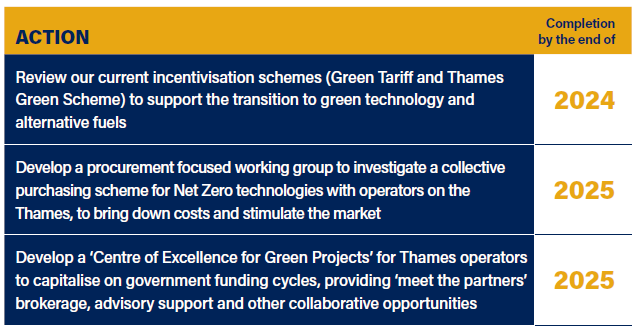
Key government policies:
• In July 2021, the government published the transport decarbonisation plan which contains a commitment to refresh the clean maritime plan and establish ambitious ‘course to zero’ of indicative targets for the domestic maritime sector.
• The Alternative Fuels Infrastructure Regulations 2017 is the underpinning legislation which ensures the way electricity and hydrogen are supplied to vehicles or ships is consistent across the UK. This will reduce dependence on oil and the environmental impact of transport, while contributing to a low carbon economy.
• Related strategies include the UK hydrogen strategy (2021) which
sets out the approach to developing a thriving low carbon hydrogen sector in the UK; and UK biomass strategy (2023) which sets out the role sustainable biomass can play in reaching Net Zero.
OUR ACTIONS: NET ZERO RIVER
"A collaborative approach is absolutely imperative to ensure that the port, stakeholders and operators fully understand the needs and future infrastructure requirements to support the future supply chains and day to day requirements in order to achieve our route to net zero.” Sean Collins, Uber Boat by Thames Clippers
Good quality and robust data is key to evidence-based decision making and gaining a competitive advantage. However, many of the operators on the Thames are small, agile businesses who do not have resources to invest in data collection and analysis.
Providing access to data on the Thames will allow operators to provide robust evidence on funding bids, commercial opportunities and partnership work.
Building and using this evidence base will strengthen the ability of the Thames to effectively transition to Net Zero.
To support the Thames operators to make evidence-based decisions, we commit to undertaking the following enabling actions:

Clean, green growth in the Thames Estuary means a Net Zero river and we’re delighted to be working with the PLA to deliver it.
Electric and hydrogen-powered ferries and new, clean, green opportunities for freight will transport people to places and goods to market cutting carbon, building business and connecting communities.
With innovative new approaches to green investment in the Thames Estuary together we can make this happen.
Kate Willard, Thames Estuary Envoy and Chair of the Thames Estuary Growth Board
Supporting research
Discover
